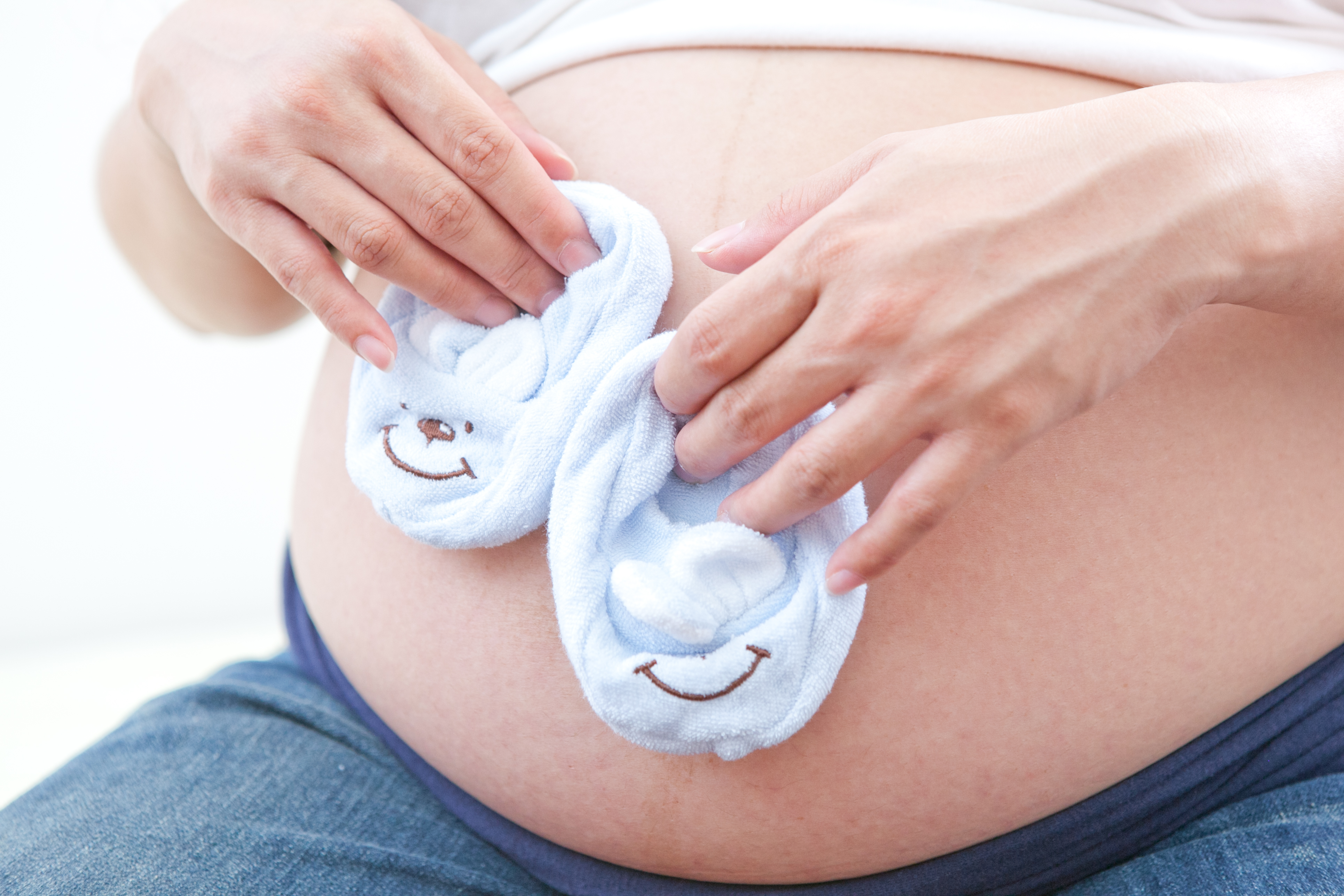
WEDNESDAY, Dec. 4 (HealthDay News) — Over the past four decades, the rate of twin, triplet and other multiple births has soared, largely the result of fertility treatments, a new study finds.
In 2011, more than one-third of twin births and more than three-quarters of triplets or higher in the United States resulted from fertility treatments. But as the trend for certain treatments — like fertility drugs — has waned, replaced by in vitro fertilization (IVF), so has the rate of multiple births, the researchers say.
“Data shows that when it comes to multiple births in the United States, the numbers remain substantial,” said lead researcher Dr. Eli Adashi, a professor of obstetrics and gynecology at Brown University.
But the twin birth rate may have plateaued and the birth rate of more than twins has been dropping: “While IVF is a factor here, non-IVF technologies seem to be the main offender,” he said.
The main danger of multiple birth is prematurity, Adashi noted. “That’s a huge issue for infants,” he said.
“It remains the conviction of the medical establishment that we are all better off with singleton babies born at term as opposed to multiples that are often born preterm,” Adashi explained.
The landscape is changing toward greater use of IVF and elimination of non-IVF fertility treatments, said Dr. Avner Hershlag, chief of the Center for Human Reproduction at North Shore University Hospital in Manhasset, N.Y.
“With IVF you have close to full control over the outcome in terms of multiple births, whereas with fertility drugs, you lose control once you trigger ovulation,” said Hershlag, who was not part of the new study.
Over the years, IVF has become more efficient and experts can almost predict the exact chance of a pregnancy, he added.
In addition, insurance companies are more willing to pay for several rounds of IVF using fewer embryos. They are beginning to realize that reducing multiple births cuts the huge costs of neonatal care, Hershlag said.
Still, too many companies put a cap on the number of rounds of IVF they will pay for. Yet, it’s far cheaper to pay for IVF than to pay for the care in the neonatal intensive care unit, Hershlag pointed out.
“The preemie is the most expensive type of patient in the hospital,” Hershlag said.
The new study, published Dec. 5 in the New England Journal of Medicine, estimated the number of multiple births using data from 1962 to 1966 — before any fertility treatments were available — comparing them to data from 1971 through 2011.
To determine the contribution of non-IVF procedures, the researchers subtracted IVF multiple births from the total number of multiple births. They also took into account the impact of the mother’s age on the odds of those births.
From 1971 to 2011, the percentage of multiple births in the United States nearly doubled — from 1.8 percent to 3.5 percent, the findings showed. And the rate of twin births increased 1.6 times between 1971 and 2009.
Births of triplets or more from IVF dropped to 32 percent from 48 percent between 1998 and 2011. Meanwhile, for non-IVF procedures, these births rose to 45 percent from 36 percent, according to the report.
In his practice, North Shore’s Hershlag doesn’t use non-IVF treatment anymore, going to IVF right away.
Hershlag sees a day when implantation rates will improve even more and the number of multiple births will be negligible.
Many embryos aren’t genetically fit to become babies, and they usually don’t implant, Hershlag said. “We know that about half of human embryos are abnormal chromosomally. Most chromosomal abnormalities do not make it. Either they don’t implant or they miscarry,” he said. “Without our intervention, they get excluded on a regular basis in the normal fertility of human beings.”
It used to be that to increase the odds for implantation, many embryos were used during IVF. Today single-embryo transfer is becoming more popular, which is why there are fewer multiple births, Hershlag said.
“We are also relying more on freezing embryos, so patients can stagger their pregnancies and have one baby at a time,” he noted.
“I’m hoping that as pre-implantation genetic screening becomes more accurate, every embryo gets a genetic analysis. And if we know we are implanting a normal embryo, it would be better for physician and patient alike,” Hershlag said.
According to the study, since its high of 84 percent in 1998, the rate of multiple births from assisted reproduction has dropped, largely due to guidelines discouraging implanting three or more embryos during IVF.
In addition, techniques used in IVF have improved to the point that in many cases implanting a single embryo is enough, study author Adashi said.
Yet over the same period, non-IVF fertility treatments — such as ovarian stimulation and ovulation induction — have increased and are now the main source of medically assisted multiple births, the researchers found.
Today, IVF is more likely to produce twins rather than triplets or more babies, the authors noted.
More information
For more about IVF, visit the U.S. National Library of Medicine.
Copyright © 2025 HealthDay. All rights reserved.

